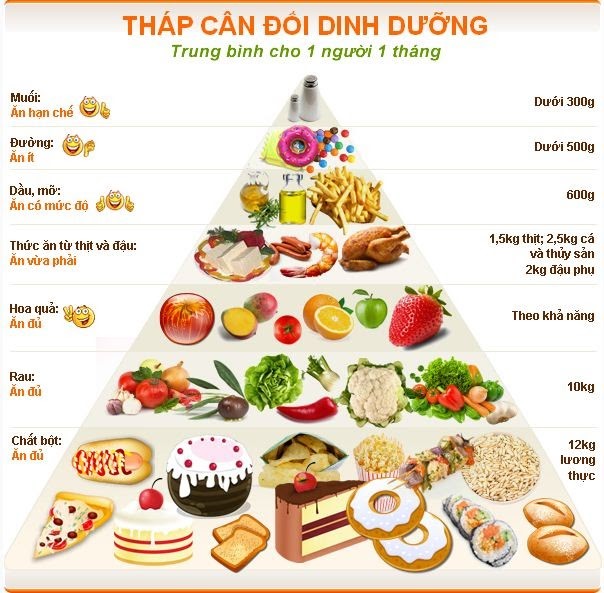[foxdark]
[Chăm Sóc Bé 2 Tháng Tuổi: Chế độ Dinh Dưỡng]

Executive Summary

This article provides comprehensive guidance for parents and caregivers on the nutritional needs of a 2-month-old baby. From understanding the importance of breast milk or formula to introducing solid foods, this guide covers key aspects of infant nutrition at this crucial stage of development. We delve into the frequency, quantity, and types of food suitable for a 2-month-old, along with tips for identifying signs of allergies and ensuring optimal growth and development.

Introduction
The first few months of a baby’s life are a period of rapid growth and development, with nutrition playing a vital role. At 2 months old, your baby’s nutritional needs are still primarily met through breast milk or formula. This is the foundation for healthy growth, brain development, and immunity. While the introduction of solid foods is generally recommended at around 6 months, there are crucial steps to take in ensuring your baby receives the necessary nutrients during this early stage.
Frequently Asked Questions (FAQs)
1. How often should I feed my 2-month-old baby?
A 2-month-old baby typically feeds every 2-3 hours, both day and night. However, feeding frequency can vary depending on the baby’s individual needs and growth rate.
2. Can I introduce solid foods to my 2-month-old baby?
No, it is generally recommended to wait until your baby is 6 months old before introducing solid foods. At 2 months, your baby’s digestive system is still developing, and they are not yet ready for solid foods.
3. My baby is not gaining weight as expected. Should I be concerned?
If you are concerned about your baby’s weight gain, it is essential to consult your pediatrician. They can assess your baby’s growth and provide personalized advice.
[Breastfeeding]
Breast milk is the ideal food for your baby in the first six months of life. It provides all the essential nutrients for healthy growth and development.
Benefits of Breastfeeding: Breast milk is rich in antibodies that help protect your baby from infections. It also contains essential fatty acids for brain development and growth.
Feeding Frequency: Breastfeed your baby on demand, which means whenever they show signs of hunger. This could be every 2-3 hours, or more frequently during growth spurts.
Signs of Adequate Milk Intake: Your baby should have at least 6 wet diapers and several bowel movements per day. They should also be gaining weight consistently.
Positioning and Latch: Proper latch is crucial for successful breastfeeding. Seek help from a lactation consultant if you have any difficulties.
[Formula Feeding]
If you are not breastfeeding or choose to supplement with formula, there are several options available. Choose a formula that is appropriate for your baby’s age and is iron-fortified.
Types of Formula: There are various types of formula available, including cow’s milk-based, soy-based, and hypoallergenic formulas. Consult your pediatrician for guidance on selecting the right formula for your baby.
Preparing Formula: Follow the instructions on the formula can carefully. Do not over-dilute or under-dilute the formula as this can be harmful.
Feeding Frequency: Feed your baby formula according to the instructions provided by the manufacturer. This is typically every 2-3 hours.
Signs of Adequate Formula Intake: Look for similar signs of adequate milk intake as with breastfeeding: at least 6 wet diapers, several bowel movements, and consistent weight gain.
[Vitamin D Supplementation]
Even if your baby is breastfed, they may still require a daily supplement of vitamin D. Vitamin D is essential for bone health and calcium absorption.
Dosage: Your pediatrician will recommend the appropriate dosage of vitamin D for your baby.
Forms of Vitamin D: Vitamin D supplements come in liquid and drop forms.
Administration: Administer the supplement as instructed by your doctor.
Importance: Vitamin D deficiency can lead to rickets, a condition that weakens bones.
[Introducing Solid Foods]
While solid foods are not typically introduced until 6 months of age, it’s essential to understand the basics.
Signs of Readiness: Babies are typically ready for solids when they can sit up with support, show interest in food, and have a good head control.
Starting Solids: Begin with small amounts of single-ingredient foods, such as pureed fruits and vegetables.
Allergen Introduction: It’s generally recommended to introduce common allergens, such as eggs, peanuts, and fish, between 4-6 months of age.
Food Safety: Prepare food safely by washing hands, utensils, and surfaces thoroughly.
[Conclusion]
Providing your 2-month-old baby with proper nutrition is crucial for their healthy growth and development. While breast milk or formula remains the primary food source, understanding the basics of introducing solids and the importance of vitamin D supplementation can help you navigate this exciting stage. Remember to consult your pediatrician for personalized guidance on your baby’s nutritional needs.
[Keywords]
- Baby nutrition
- Breastfeeding
- Formula feeding
- Vitamin D
- Solid food introduction
- 2-month-old